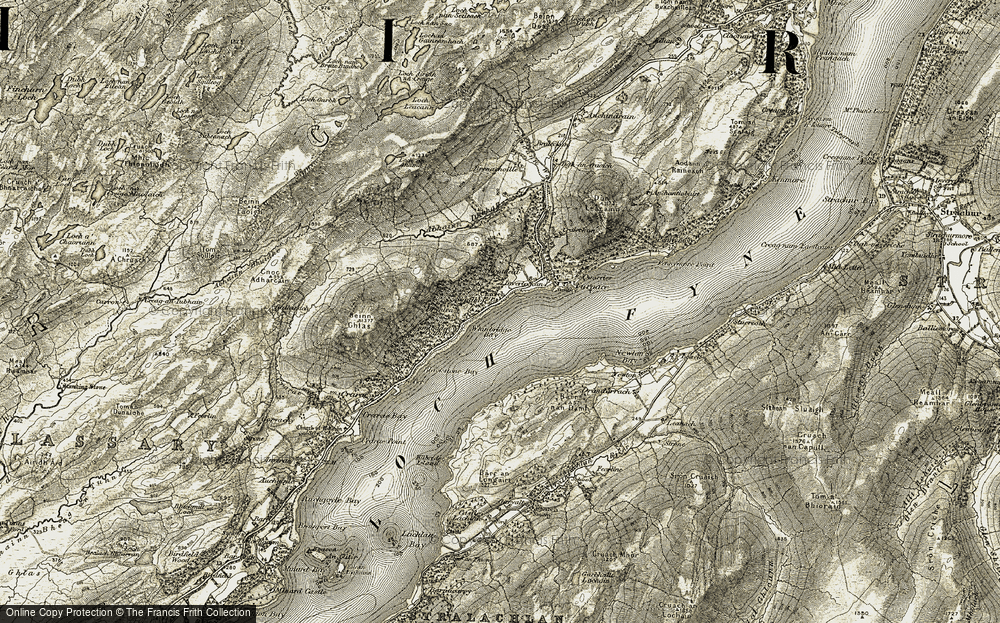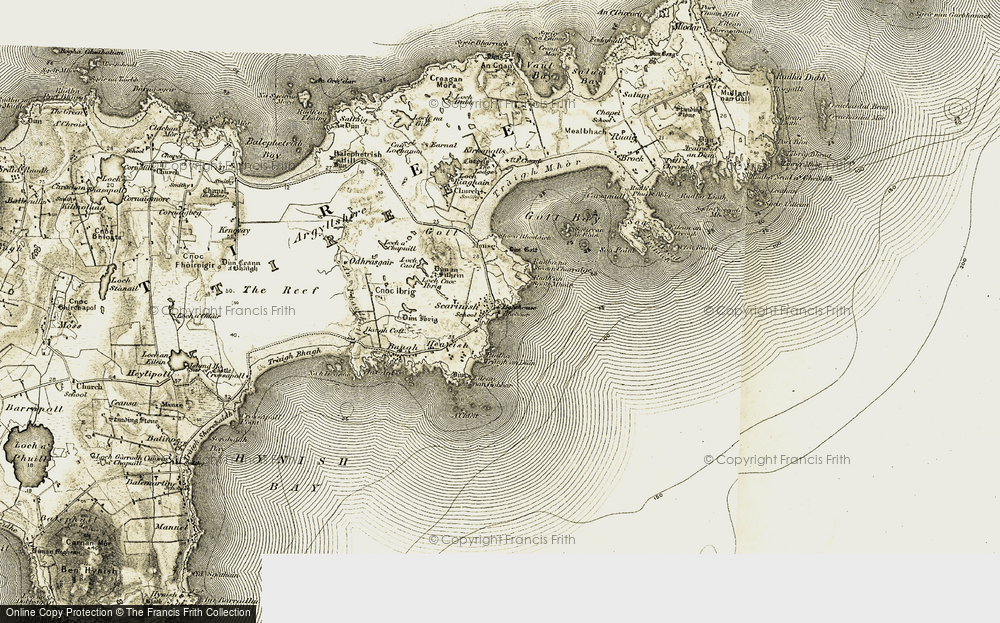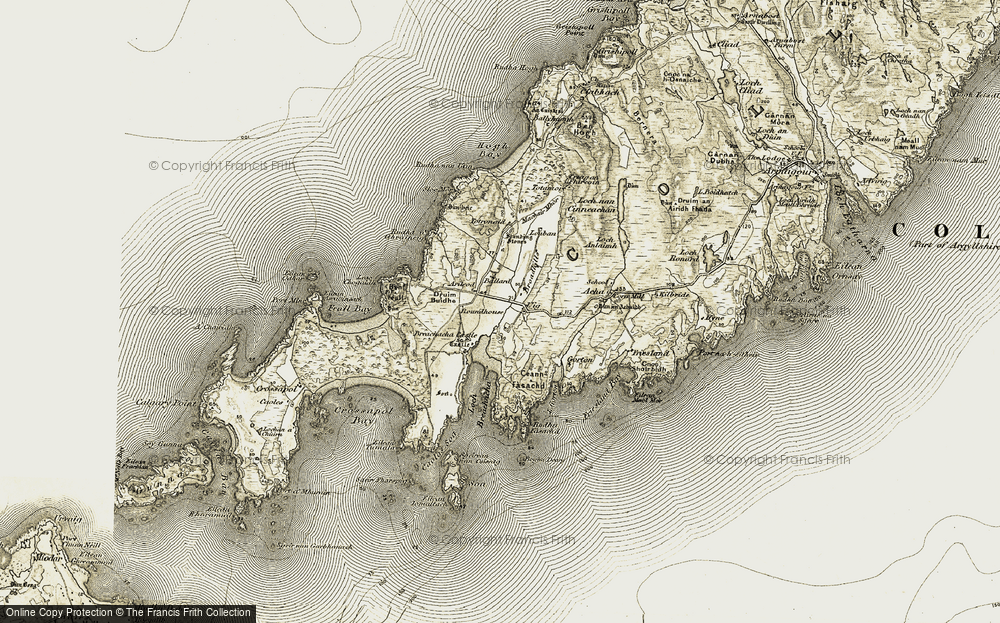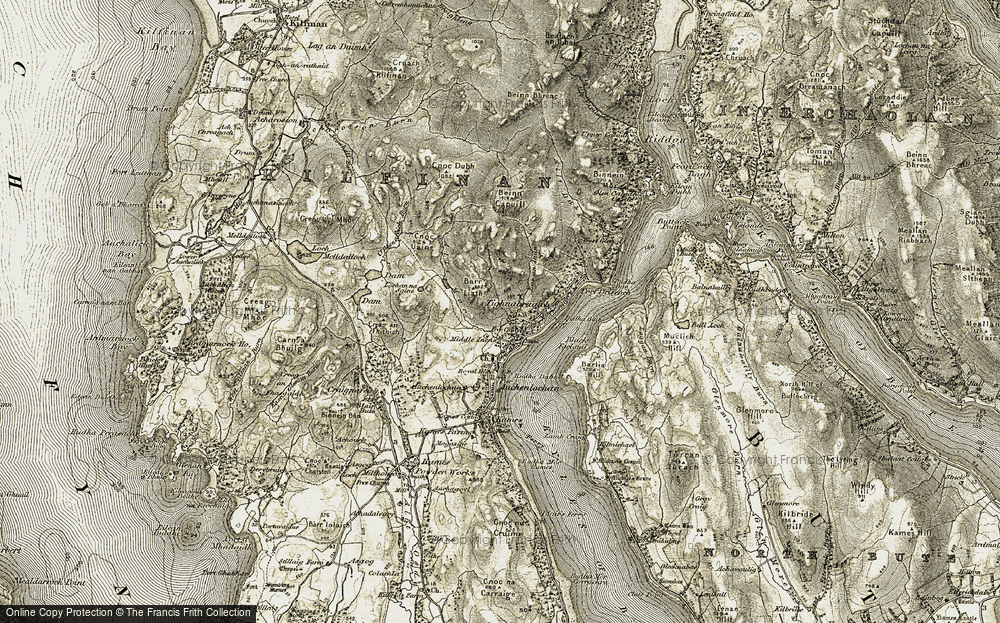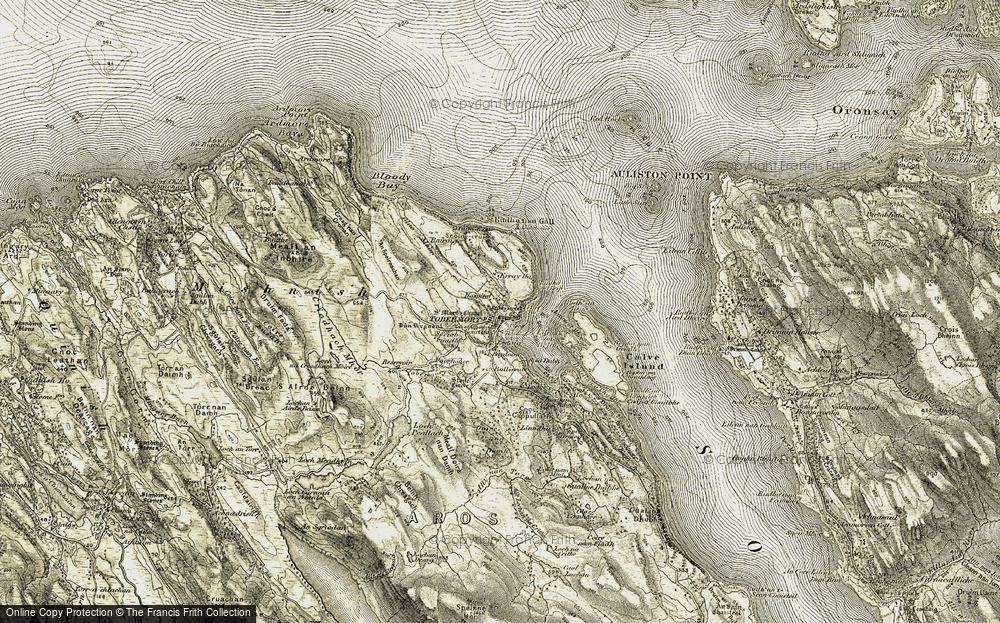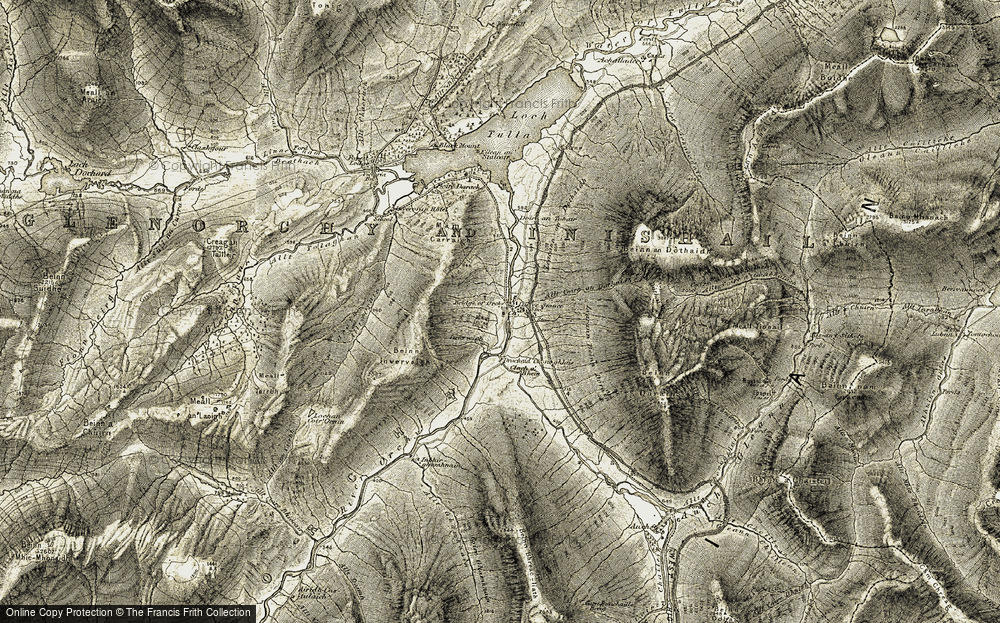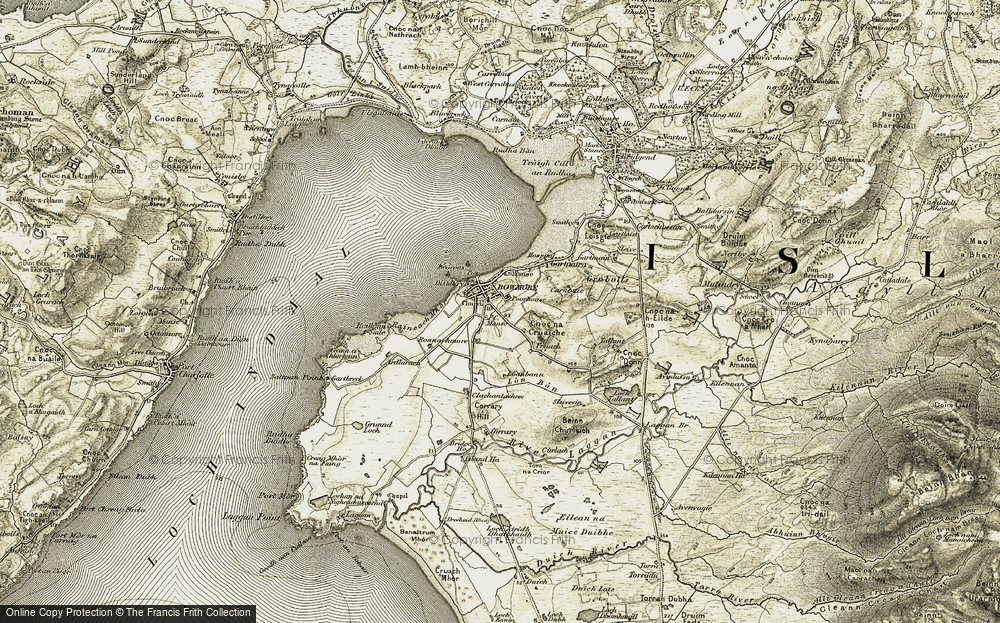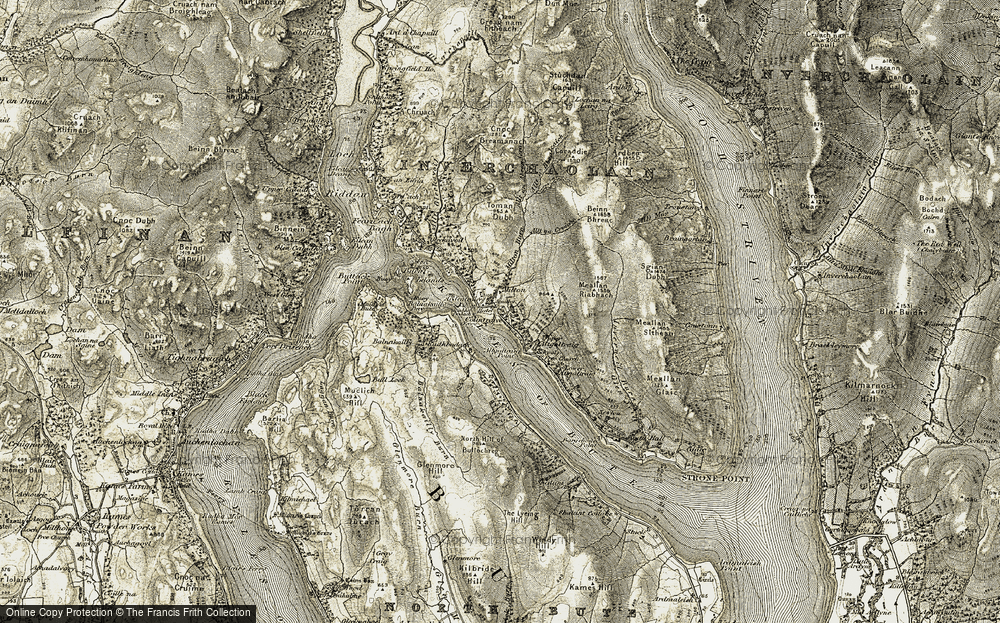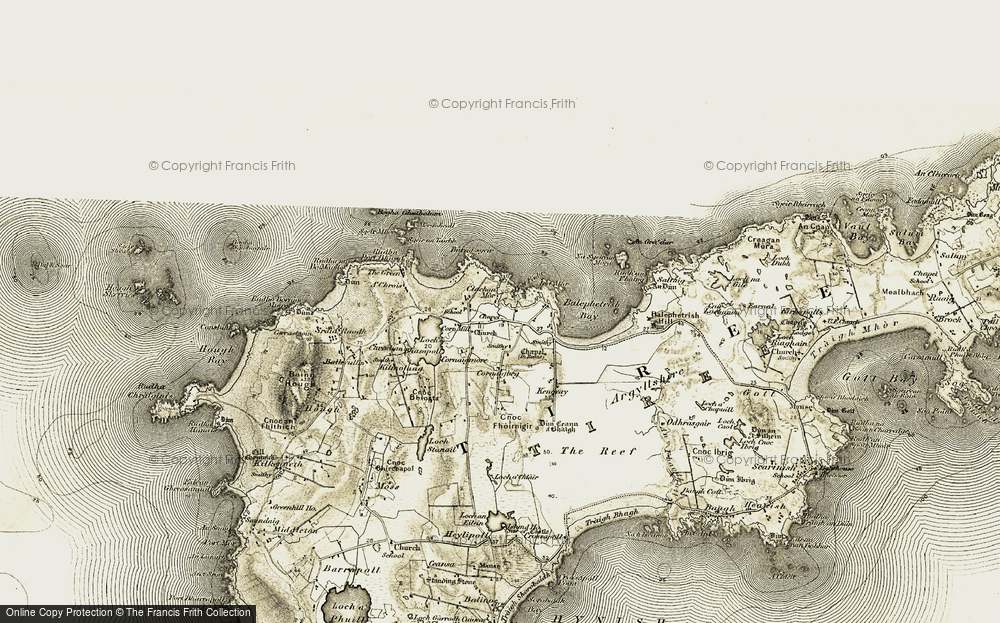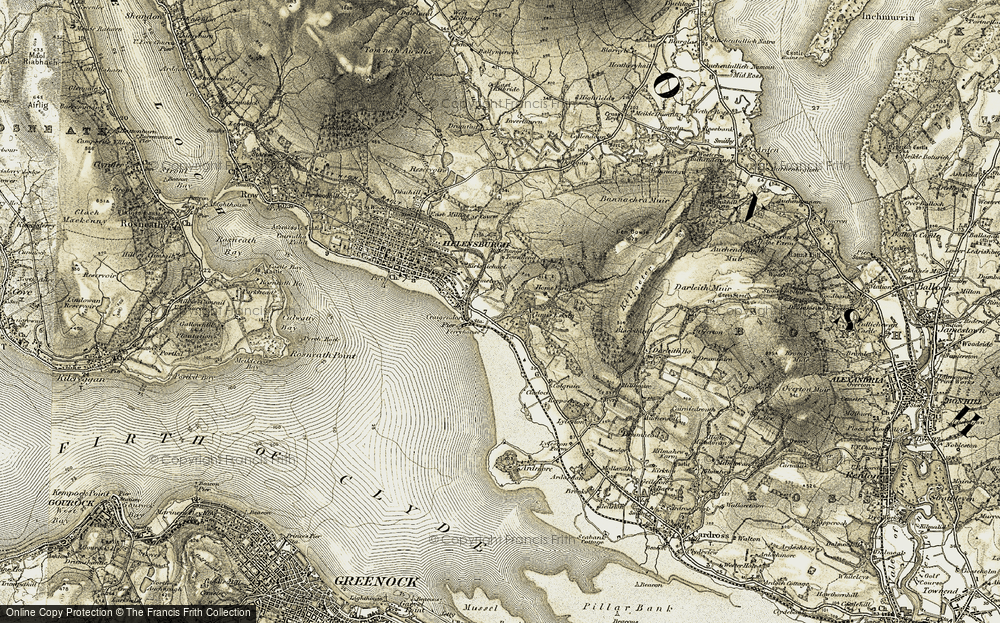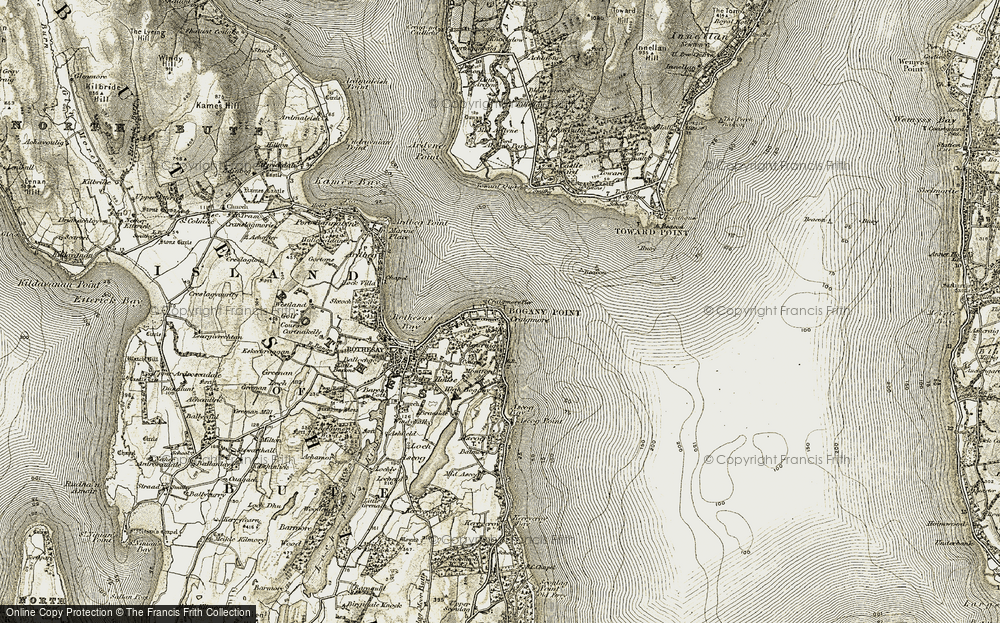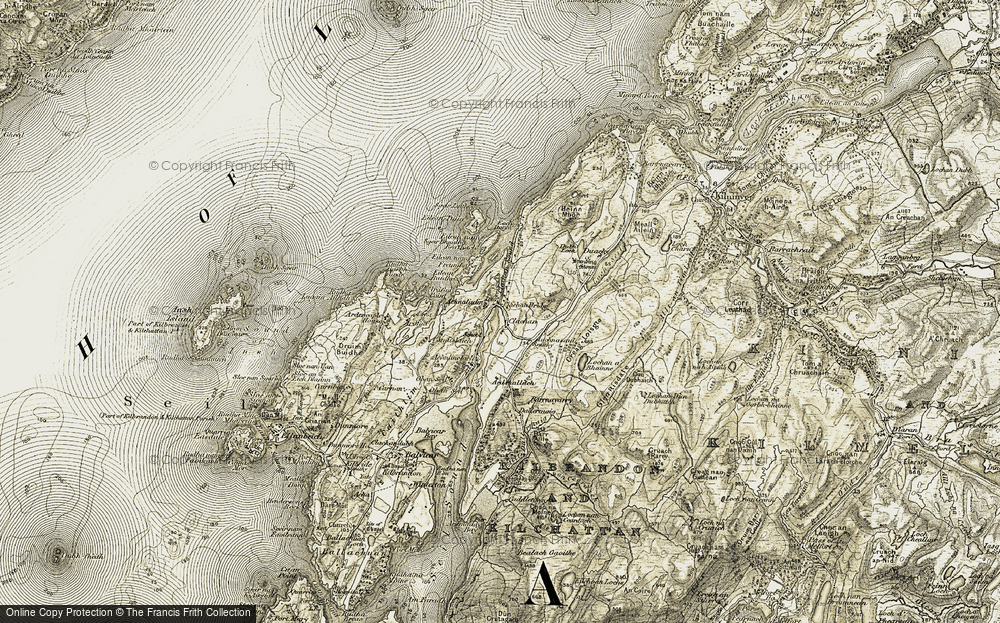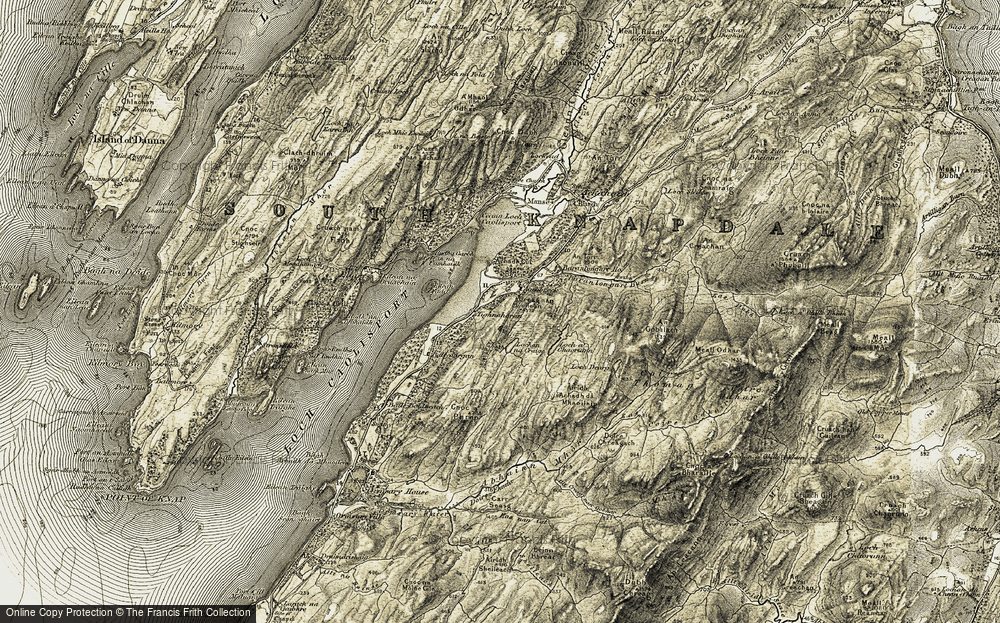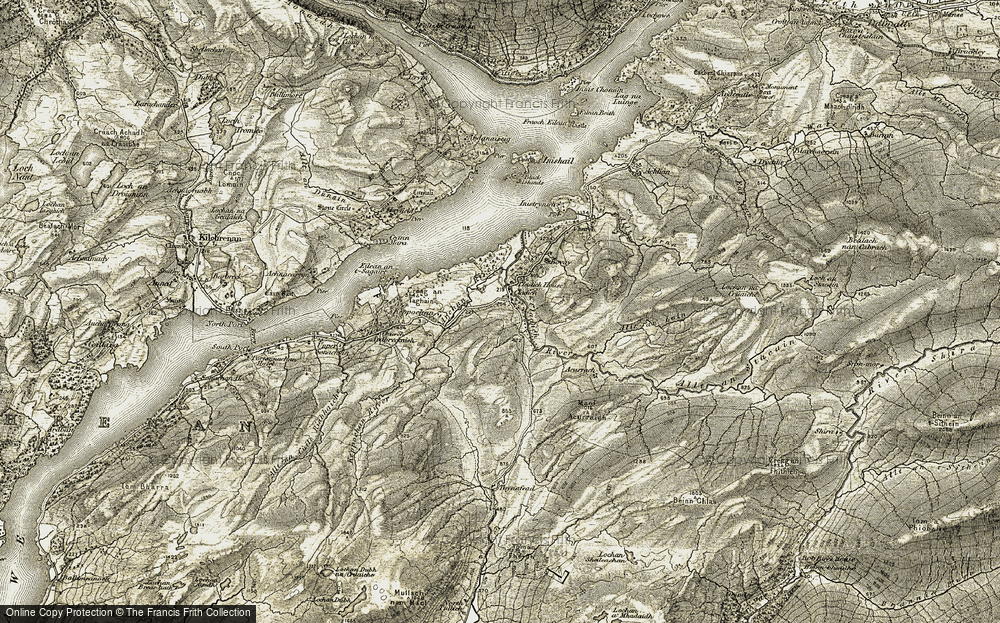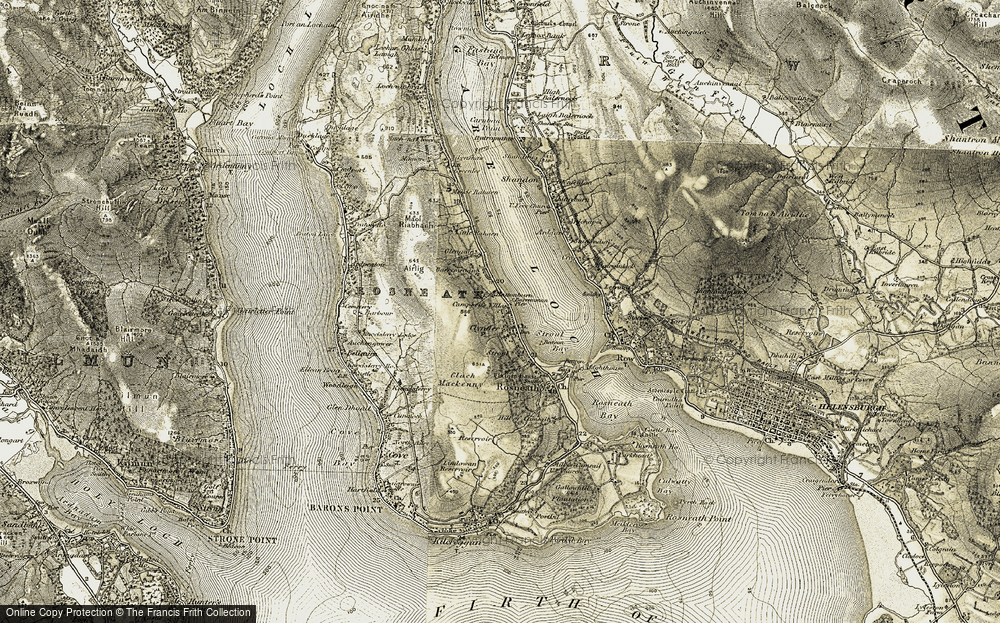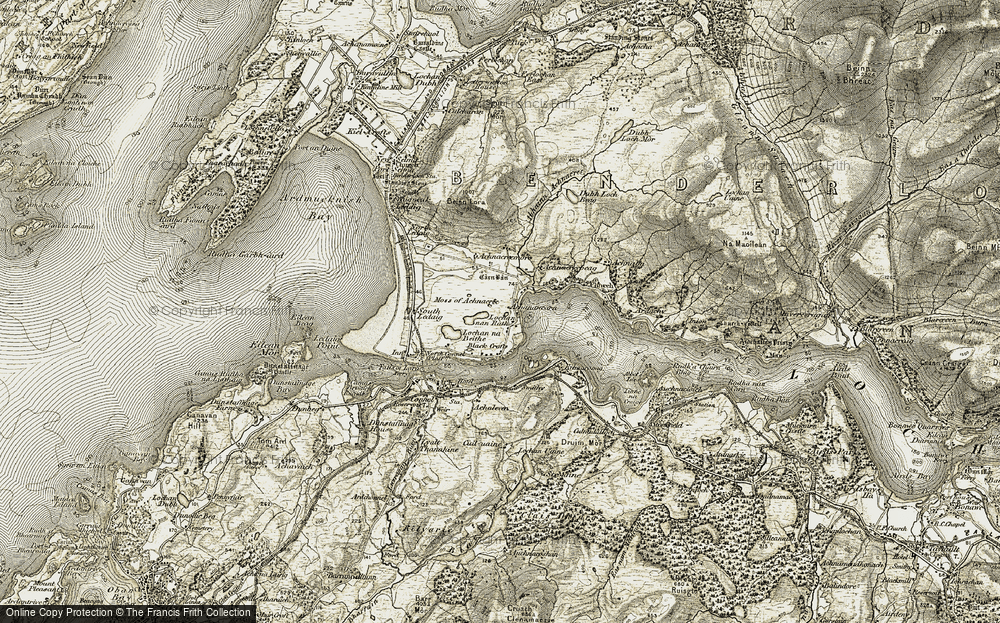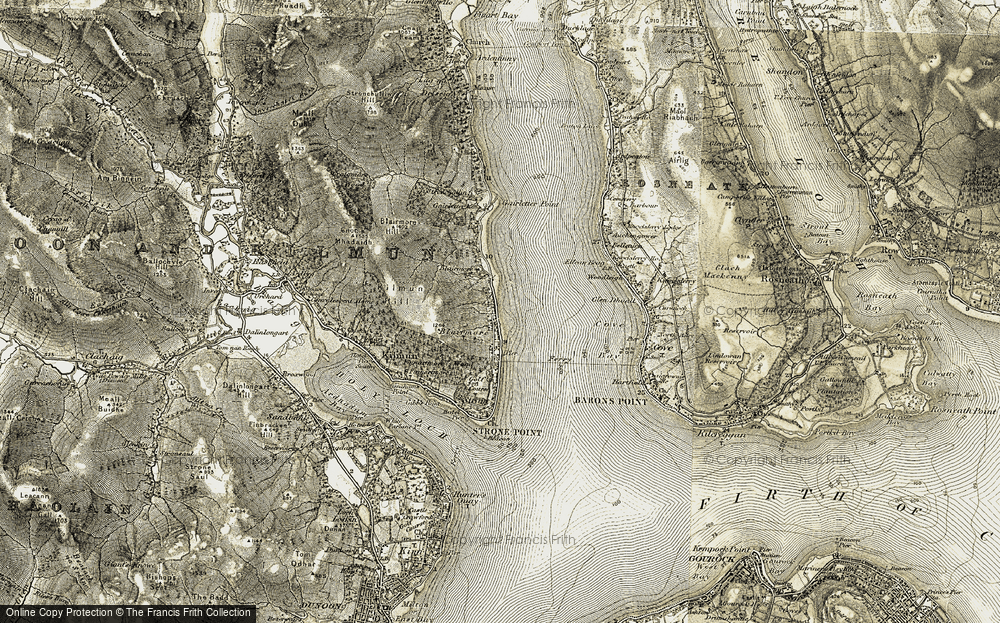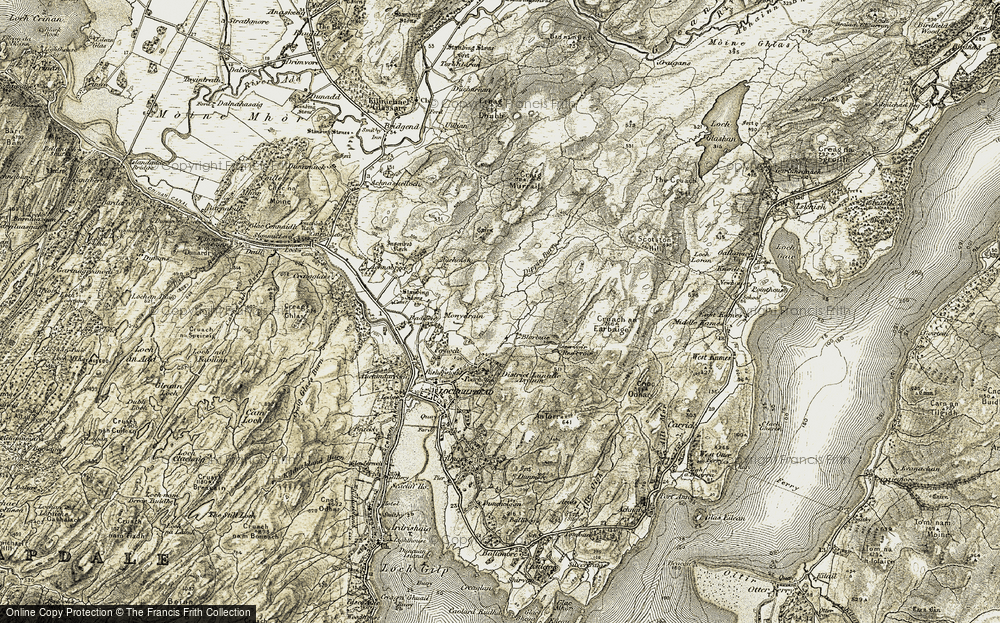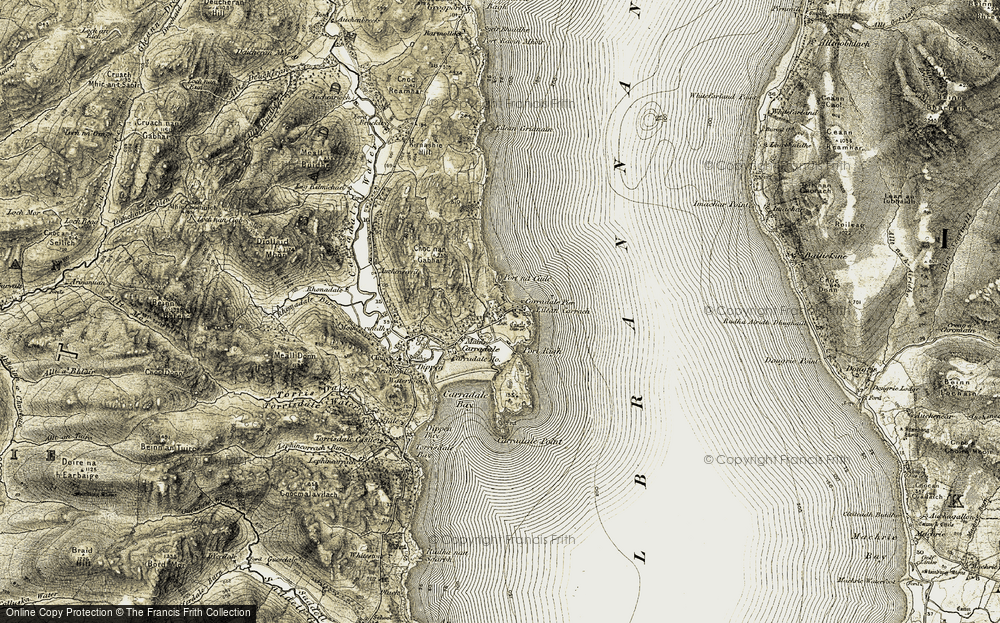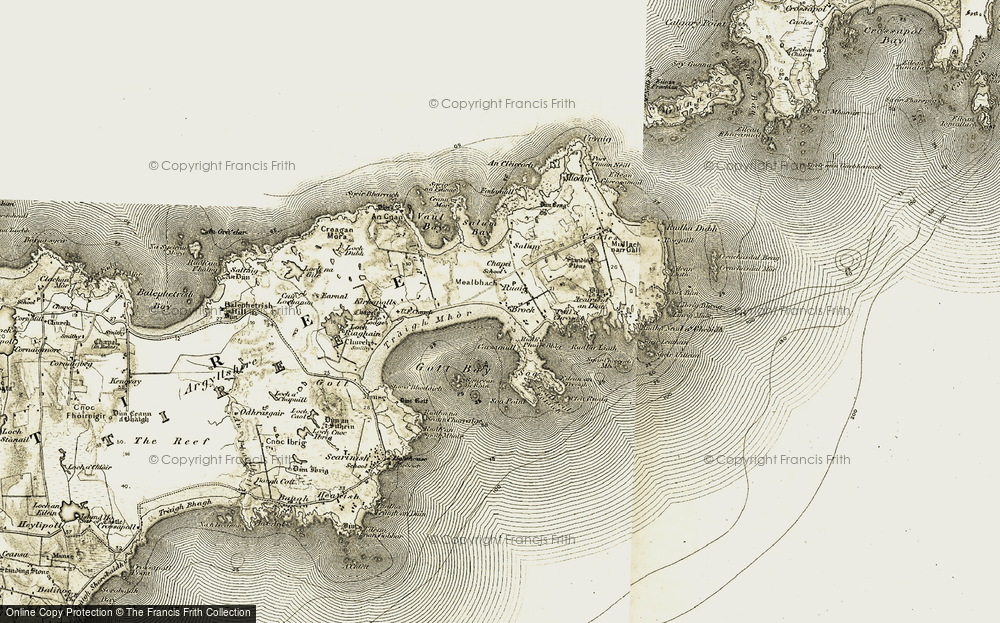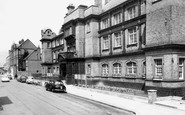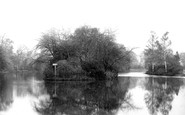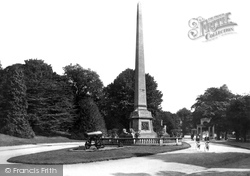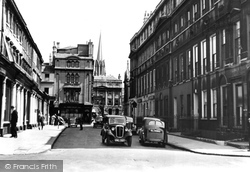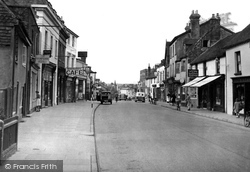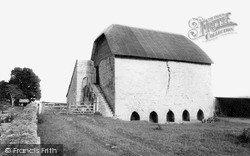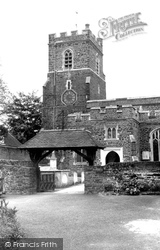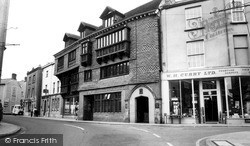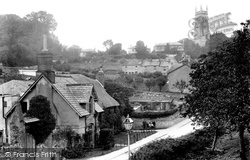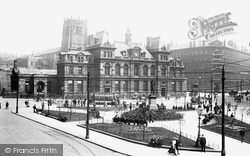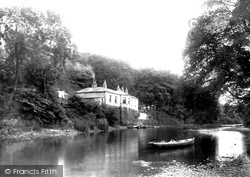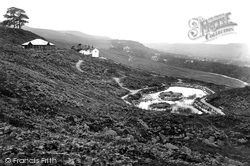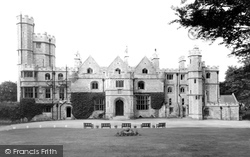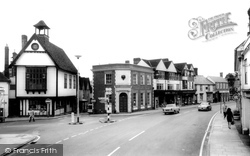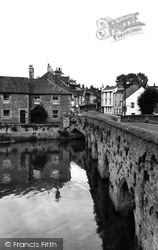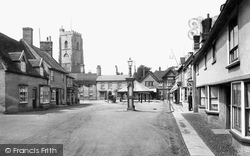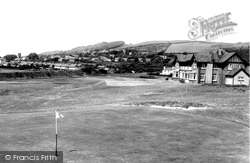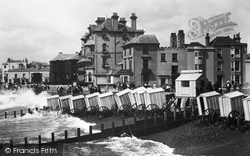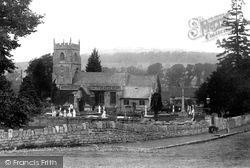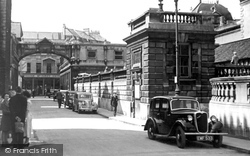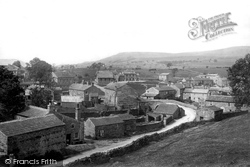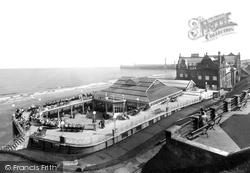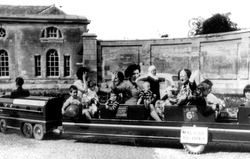Places
Sorry, no places were found that related to your search.
Photos
Sorry, no photos were found that related to your search.
Maps
1,353 maps found.
Books
3 books found. Showing results 601 to 3.
Memories
2,048 memories found. Showing results 251 to 260.
Trevelyan Road Tooting
I was born on 8th May 1945 (the day the war ended) at 61 Trevelyan Road Tooting. My mum told me that there was a heatwave on the 8th May and whilst she was trying to get some rest there was a street party going n which she ...Read more
A memory of Tooting in 1945 by
Trenchers Restaraunt
On Saturday evening, I set off for Whitby on the bus and arrived there for 6;30 pm. On arriving, I thought of asking the bus driver what was the last bus back to Middlsbro, but then thought there was not much point as I was ...Read more
A memory of Whitby in 2012 by
Trehafod 1931 To 1955 And Beyond
I was born in 1930 at Rhydyfelin but moved to 37/38 Trehafod Road during 1931 and 1932 via Llwyncelyn. Both my father and grandfather worked at the colliery for a number of years. My grandfather, George Richards, ...Read more
A memory of Trehafod in 1930 by
Treaty Road
Opposite the Town Hall were the old swimming and slipper baths. If you didn't have bathroom you get a towel, soap and bath for a shilling (couple of pence new money). Next the the baths was Treaty Road Evangelical church where I ...Read more
A memory of Hounslow by
Travels With My Aunt
I stayed with my Great Aunt Evelyn Cramer Roberts in one half the "Cottages" (16C left hand side of the road going towards the station) during parts of my childhood and growing years between 1934 and 1956. In my ...Read more
A memory of Eridge Green in 1944 by
Travelling By Hillmans
When we moved to Snapewood, neither of us could drive, our father started to take us out in a yellow and black Hillman Imp. For people who don't know, an Imp has the engine at the back. It was the first car to have an ...Read more
A memory of Wollaton in 1870 by
Trams, Baths, Cinemas...
My parents had a shop in Balsall Heath Road not far from Cannon Hill Park - there was a murder committed there around that time. I used to catch the tram to town and in Lewis's basement you could get crabs' legs loaded with ...Read more
A memory of Birmingham in 1950 by
Training To Be A Teacher
1969 -72 I was a student at Coloma and have very happy memories of my 3 years there. My friends and I attended when it was still an all female college. Four of the friends I met there got together last year to celebrate ...Read more
A memory of West Wickham by
Training Pit Ponies At Oxclose. Ryhope
Training Pit Ponies at Ryhope Oxclose was a row of 5 terraced houses owned by the Colliery and located at the top of the lane which passed the eastern side of the Cricket field. At the Western end of 5 terraced ...Read more
A memory of Ryhope by
Tragedies
It was around 1952 when these tragic accidents happened to to two Millfield families. I remember the day as plain today as it was then. A little boy had fallen into the Dewley Burn and drowned, his mother was Edna Clues who lived at the ...Read more
A memory of Newburn in 1952 by
Captions
1,059 captions found. Showing results 601 to 624.
In the section of the park beyond Marlborough Road, Edward Davis erected this obelisk to the then Princess Victoria in early 1837 for Bath to commemorate the 'attainment of her majority'.
The entrance block of the theatre was formed from Beau Nash's first house in Bath, a pre-Wood era building of 1720 with heavy moulded window surrounds and cornices.
As we look east from Queen Square, the terrace we see on the right, Northumberland Buildings, built in 1778, is another design by the ubiquitous Thomas Baldwin.
The second building on the left has a sign showing it to be the office of 'The Hampshire Herald and Alton Gazette' at 9 Normandy Street.
Isolated on an island amidst the marshes, the community grew lax and neglected their religious discipline; the monks developed a taste for worldly comforts.
It is entirely possible that Queen Katherine of Aragon worshipped in the 10th-century church during her stay at Ampthill Castle in 1533.
Wiveliscombe has been occupied since the Romans passed by, and during the medieval period it served as a summer residence for the Bishops of Bath and Wells.
St Mary's is reputed to be the oldest church site in Devon.
The square was named after the Bradford MP W E Forster, who sponsored the compulsory education act of 1870.
The famous spring was discovered on the banks of the Wharfe by labourer John Shires on 4 June 1744. From then on, visitors flocked to the town to enjoy the benefits of its health-inducing treatments.
This cottage high up on the moors contained two stone plunge baths, one of which is still on display today. The well spring and the house date from the early 1700s.
The brick building on the right has gone, and the timber building beside it has been extended.
This imposing building is impressively situated on the shores of Southampton Water.The original castle, built by Henry VIII in 1542 as part of his many coastal defences, has all but disappeared, and
The four pointed gables were built in 1899 on the site of two small cottages and a plastered building that seemed to be the remainder of an ancient chapel.
We are looking from the Nag's Head Island side towards Bridge Street and the town.
In the centre are the pump, in use until 1939, and the 16th-century Market Cross. On the right are Mabel Kemp's cycle shop and Isaac Minn's, saddler.
Whilst Cardiff and Llanelli were, and always will be, the home of Rugby Union, golfing was the Welshman's second love - although in this picture no one was playing, at least not on this tee.
Beyond the line of bathing machines, waves crash against the beach in this turn-of-the-century photograph. Much of the town's architecture dating from this period survives today.
Across the toll bridge from Batheaston, the road crosses the A4 dual carriageway Batheaston bypass into Bathampton, a village now linked by development to Bathwick and Bath.
Some of the right hand side is taken up by Jolly's, the famous Bath department store which had a most elaborate Victorian stone and granite shopfront of 1875 added to part of its frontage.
From Terrace Walk, York Street passes the rear of the Roman Baths, screened by the rusticated walls and corner pavilion added by Brydon in the 1890s.
Bainbridge was once an important junction, for here the roads to and from Lancaster, Swaledale and Westmorland met.
The Spa was built in the Victorian era, when Whitby was hoping to become a second Bath.
The miniature railway at Cofton Wood was nearly as popular as the tea room, though one cannot help wondering if the adults in this picture are not just the teeniest bit embarrassed.
Places (0)
Photos (0)
Memories (2048)
Books (3)
Maps (1353)


